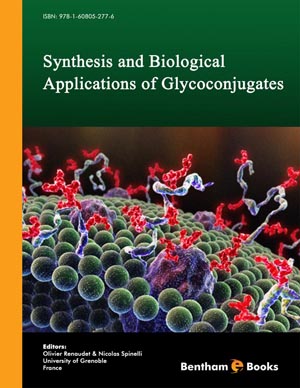Abstract
Calixarenes, the cyclic oligomers obtained by condensation of phenols or resorcinols with aldehydes, are ideal scaffolds for the construction of multivalent glycosylated ligands with unique properties. Thanks to the possibility that we can vary their size, valency and conformation and finely tune the topology of the saccharide units in the space, a wide variety of glycocalixarenes could have been prepared in the last 15 years. In this account, after a brief review on the basic chemistry of calixarenes, we will focus the attention on the most convenient methodologies used so far for the synthesis of glycocalixarenes and on their aggregation and biological properties. Glycocalixarenes often show, in fact, an impressive ability in the recognition and inhibition of carbohydrate binding proteins (lectins) disclosing remarkable multivalent effects. The amphiphilic character, due to the simultaneous presence of highly hydrophilic saccharide units and of a lipophilic aromatic backbone, confers to glycocalixarenes a marked tendency to self-aggregate in water solution. A quite unique peculiarity of these glycoclusters is related to their combined ability to firmly bind small organic molecules and to strongly and selectively interact with lectins, which makes them ideal candidates for tomorrow's site-specific drug-delivery systems. Other important biological functions have been envisaged to be influenced by the multivalency of glycocalixarenes which span gene-delivery, inhibition of tumor cell migration and proliferation to stimulation of the immunogenic system.
Keywords: calixarenes, multivalent effect, lectin inhibition, tumor targeting, cell transfection






















